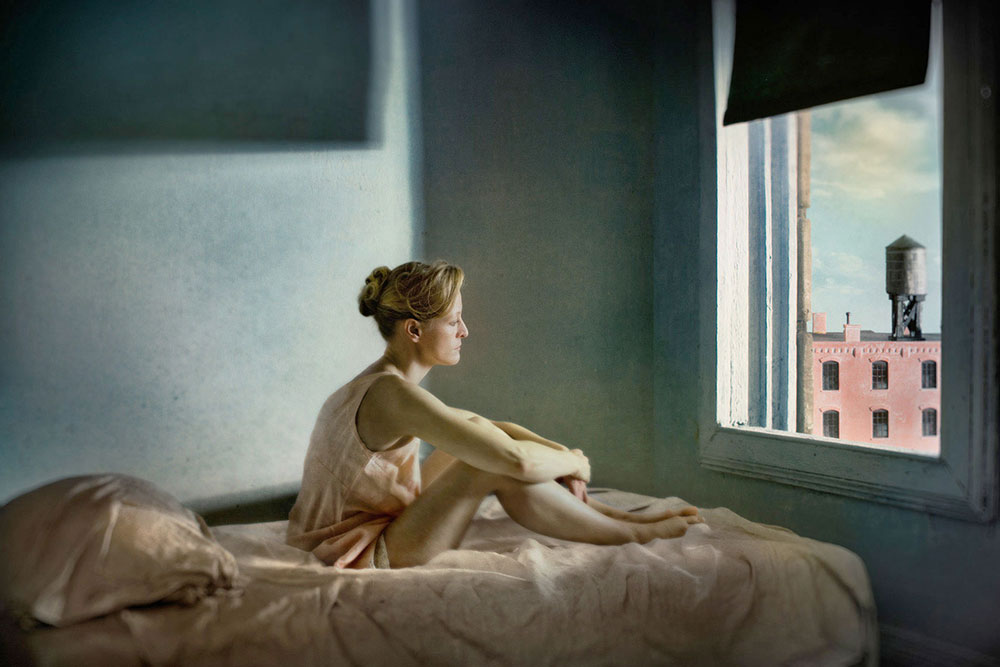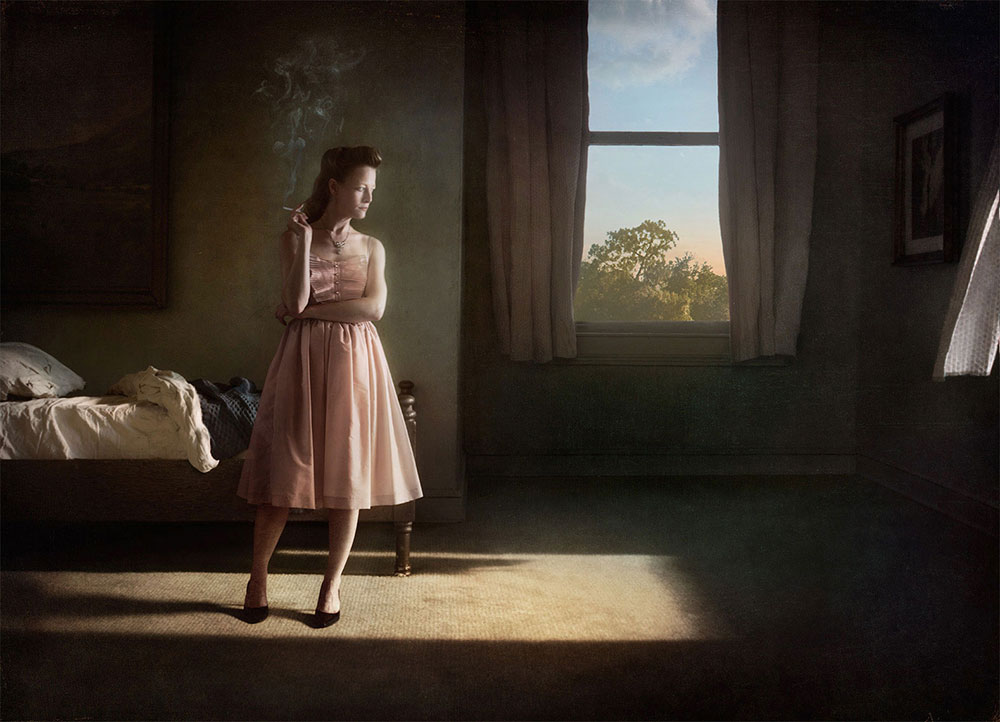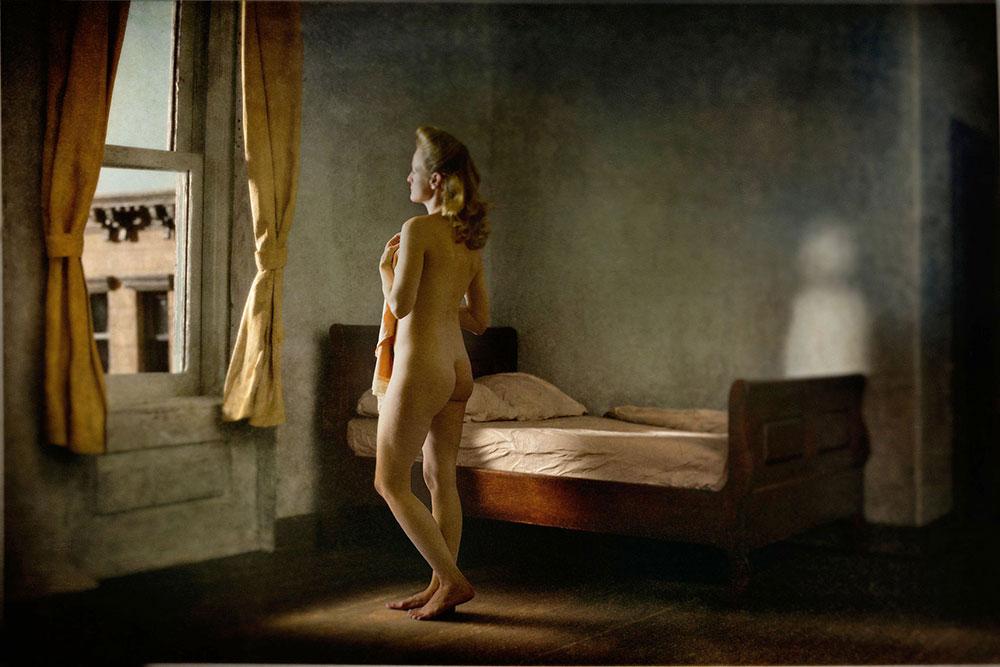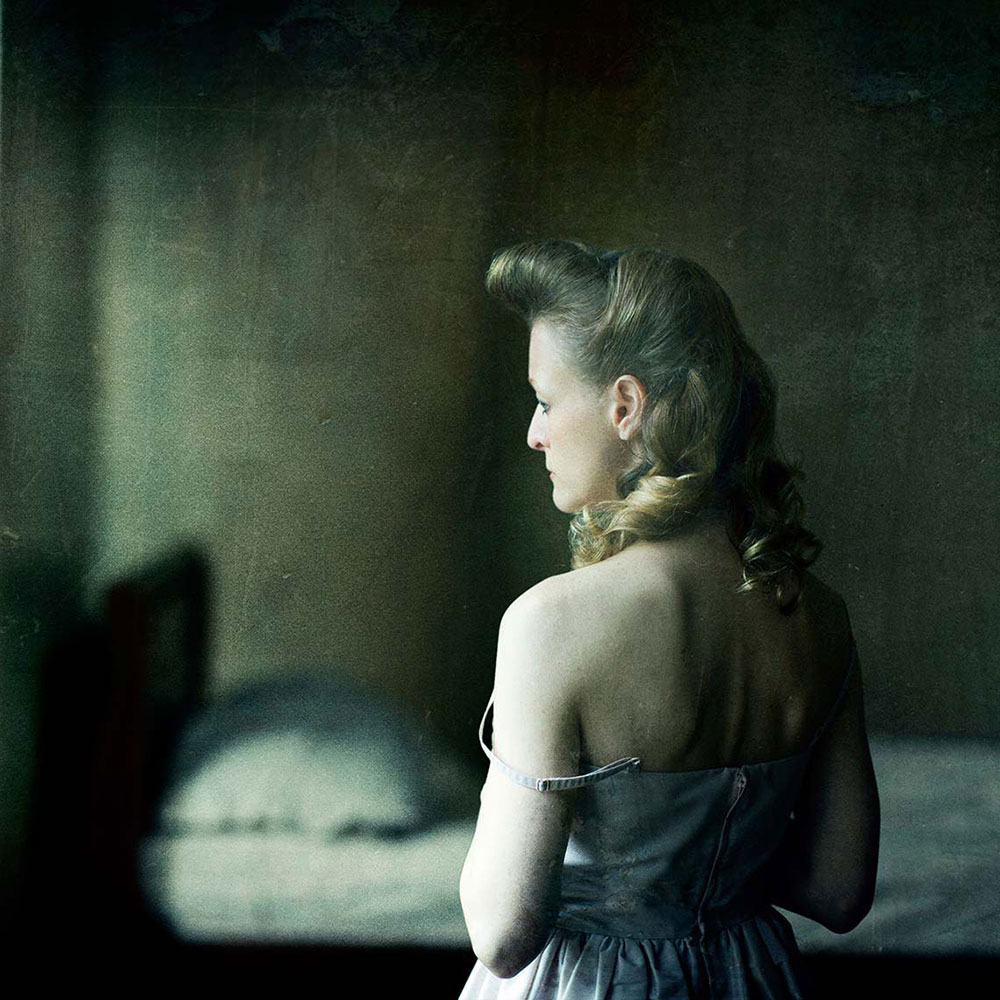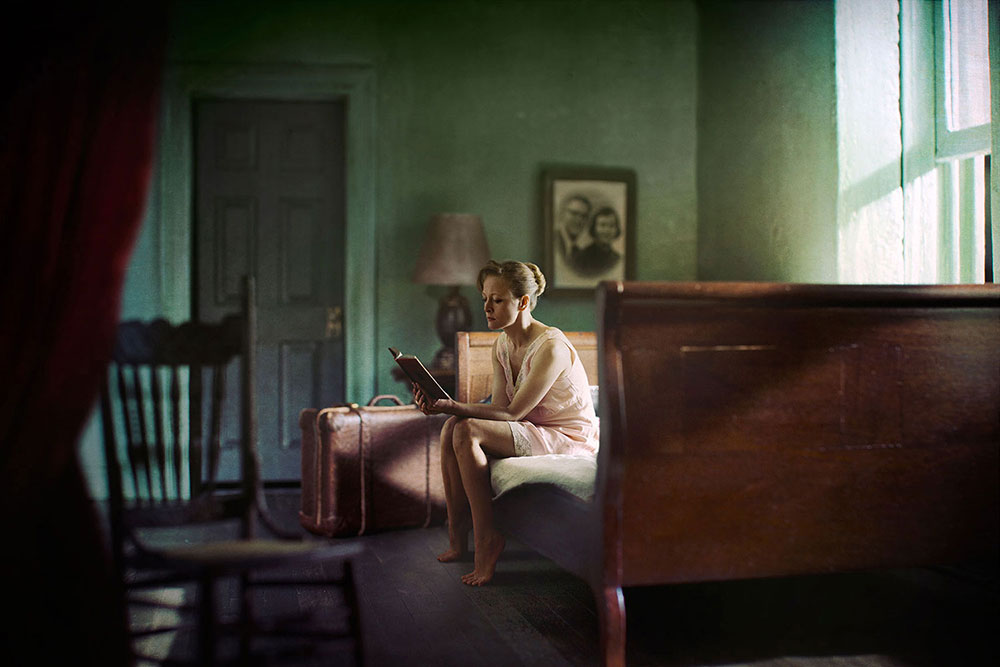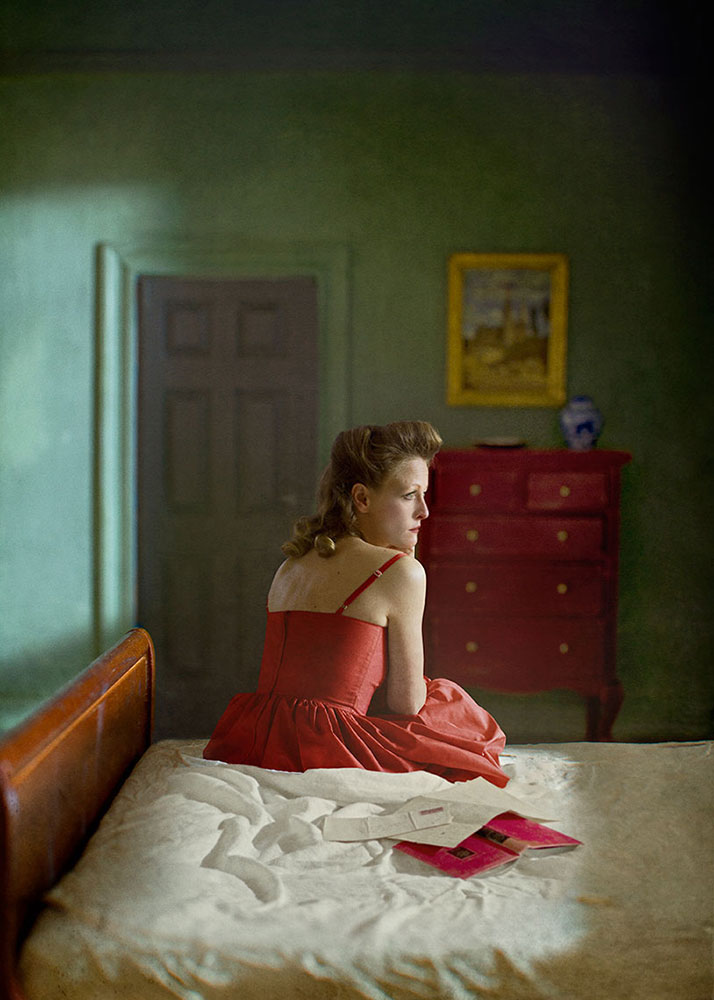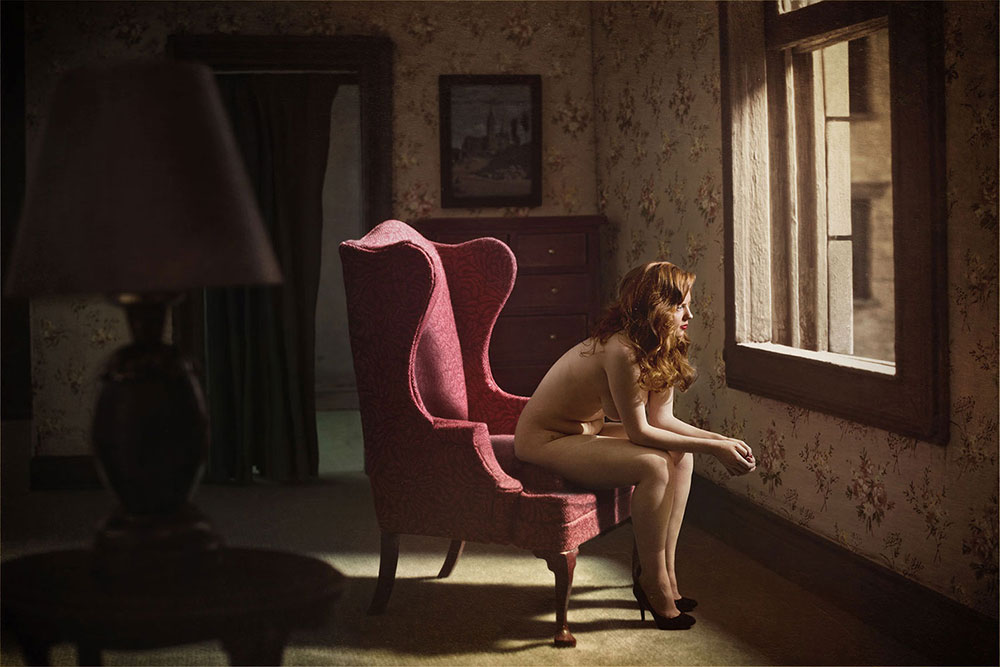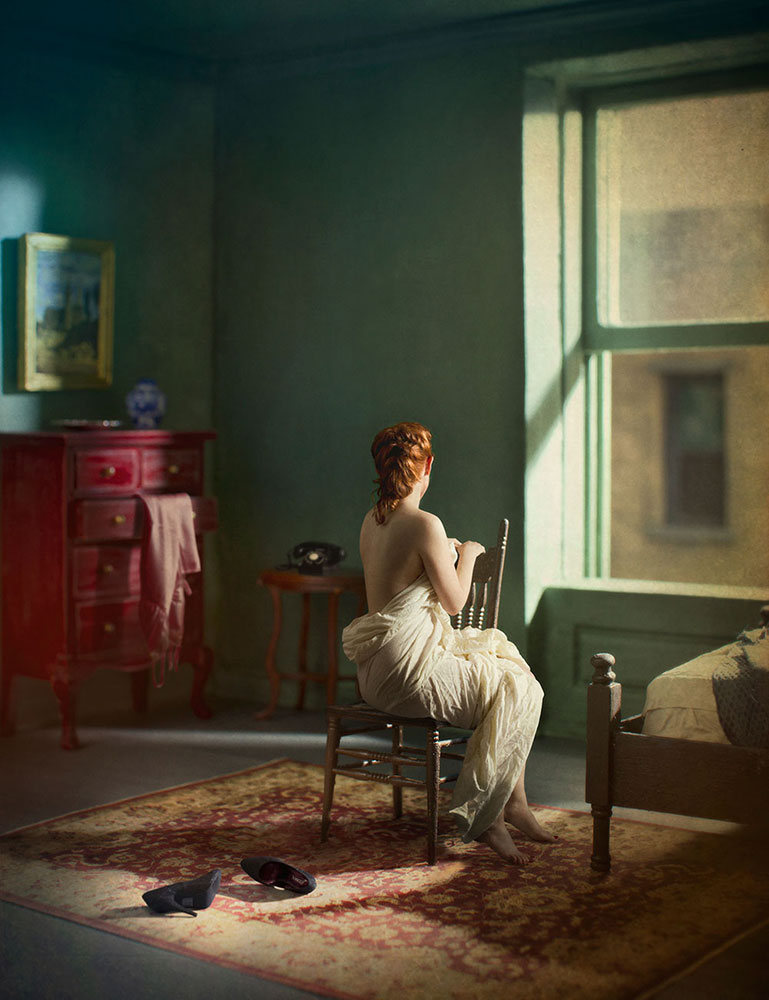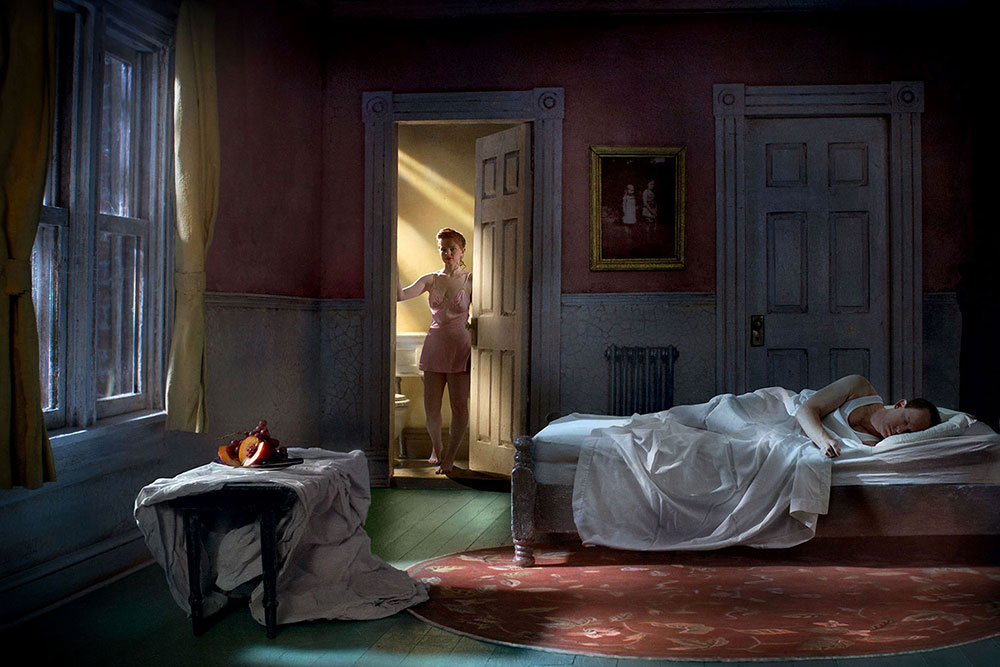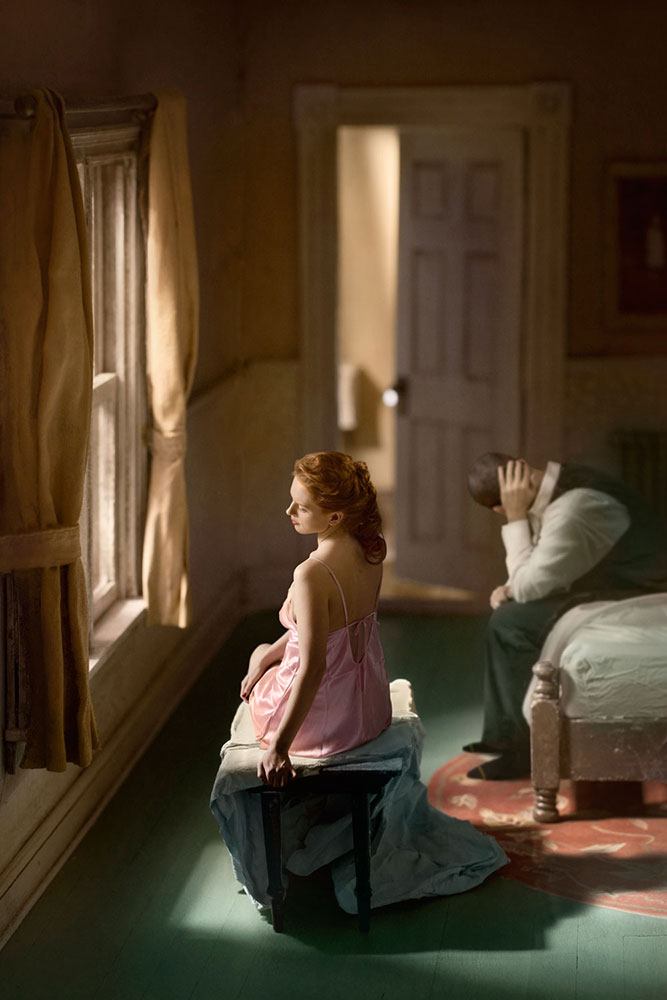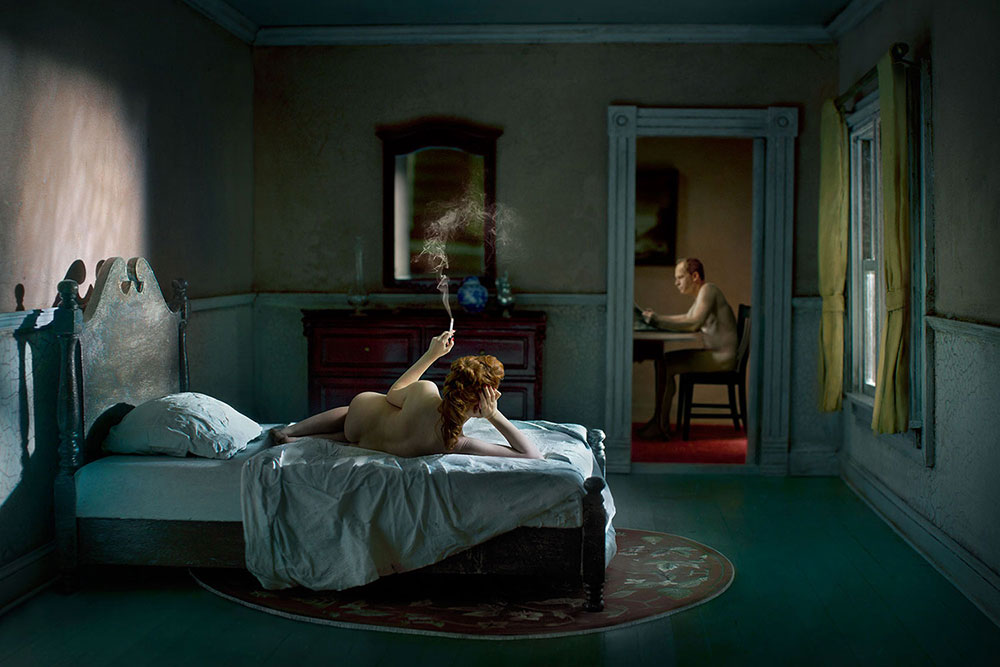PROJECT LAUNCH: Juror's Statement
Juror: Roger Watson, Curator, Fox Talbot Museum, Lacock, England
The Project Launch submissions were of a broader and higher quality spectrum than I have come to expect from open grants and awards. All deserved some consideration and many required repeated visits to explore the subtlety, story line and beauty of the work. Some told stories that were intriguing and occasionally eye opening. Others were explorations of the ageless examination of light, colour, texture and beauty. Some were extremely personal while others had the subjective eye of the photojournalist. The breadth of style, structure and composition of the images made judging the works a joy.
The request for 15-20 images caused some participants to fall short with some offering too few images to make a judgment while others diluted a short series by padding it out with extraneous images. Some stories are short and to the point and have a serious value in this field, but this is not the grant for those stories.
I took my first impression seriously but continued to look at the quality and consistency of the subject matter. I tried to determine the story line before reading the artist’s statement and then judged the work against the intent. I was drawn to the ones that seemed to exhibit technical expertise while at the same time bending that skill to the benefit of their story. The ability to work across a number of images while maintaining a central story or theme is not always easy. Judging works by artists unknown to us is a highly subjective exercise and the failure to succeed in this competitive grant isn’t an automatic rejection of the work. There were a great many portfolios that fell at the last hurdle when a judgment had to be made to winnow the masses down to the few.
My juror’s choice was Richard Tuschman’s Hopper Meditations. Here in the UK there are several artists who have chosen to reassemble and replicate the works of classic painters and their mythical themes, but Richard has chosen, to my mind, the one painter who worked in the manner of a number of current photographers. He captured the mundane, daily lives of people while exploring the effects of light and shade on them and their environment. The images reminded me of Gregory Crewdson’s constructed images, but with a simpler cast and palette. They don’t tell a completely contemporary story of the world as it is lived today, as many of the documentary photographers did with great effect in this competition. Instead they are, like Hopper’s paintings, a quiet meditation on the timeless psychological weight of lives lived.


